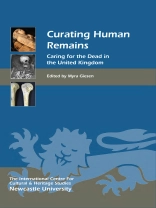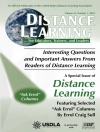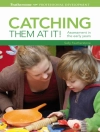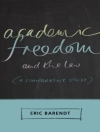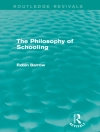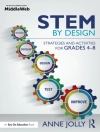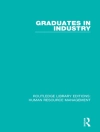The difficult and sensitive issue of how museums and other repositories should treat human remains in their possession is here addressed through a number of important case studies.
How to care for, store, display and interpret human remains, and issues of their ownership, are contentious questions, ones that need to be answered with care and due consideration. This book offers a systematic overview of the responses made by museums and other repositories in the United Kingdom, pr...
The difficult and sensitive issue of how museums and other repositories should treat human remains in their possession is here addressed through a number of important case studies.
How to care for, store, display and interpret human remains, and issues of their ownership, are contentious questions, ones that need to be answered with care and due consideration. This book offers a systematic overview of the responses made by museums and other repositories in the United Kingdom, providing a baseline for understanding the scope and nature of human remains collections and the practices related to their care. The introduction sets United Kingdom practices within an international context, while subsequent chapters, all written by leading experts, cover a wide range of topics through key case studies: legislation and ethical obligations; issues of both long-term andshort-term care; differing perspectives associated with human remains collections in different parts of the United Kingdom; a comparison of attitudes and approaches in large institutions and small museums; the creative use of redundant churches; and challenges facing research/teaching laboratories and collections resulting from recent archaeological excavations.
Myra Giesen is Lecturer at the International Centre for Cultural and Heritage Studies, Newcastle University.
Contributors: Myra Giesen, Liz White, Hedley Swain, Charlotte Woodhead, Kirsty Mc Carrison, Victoria Park, Jennifer Sharp, Mark A. Hall, Rebecca Redfern, Jelena Bekvalac, Gillian Scott, Simon Mays, Charlotte Roberts, Jacqueline I. Mc Kinley, Mike Parker Pearson, Mike Pitts, Duncan Sayer, Margaret Clegg.
